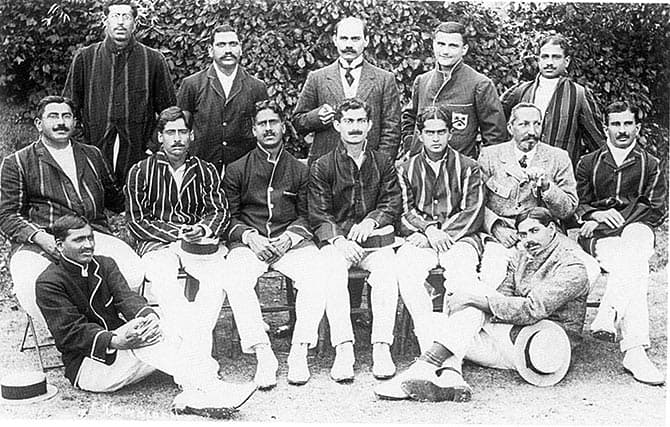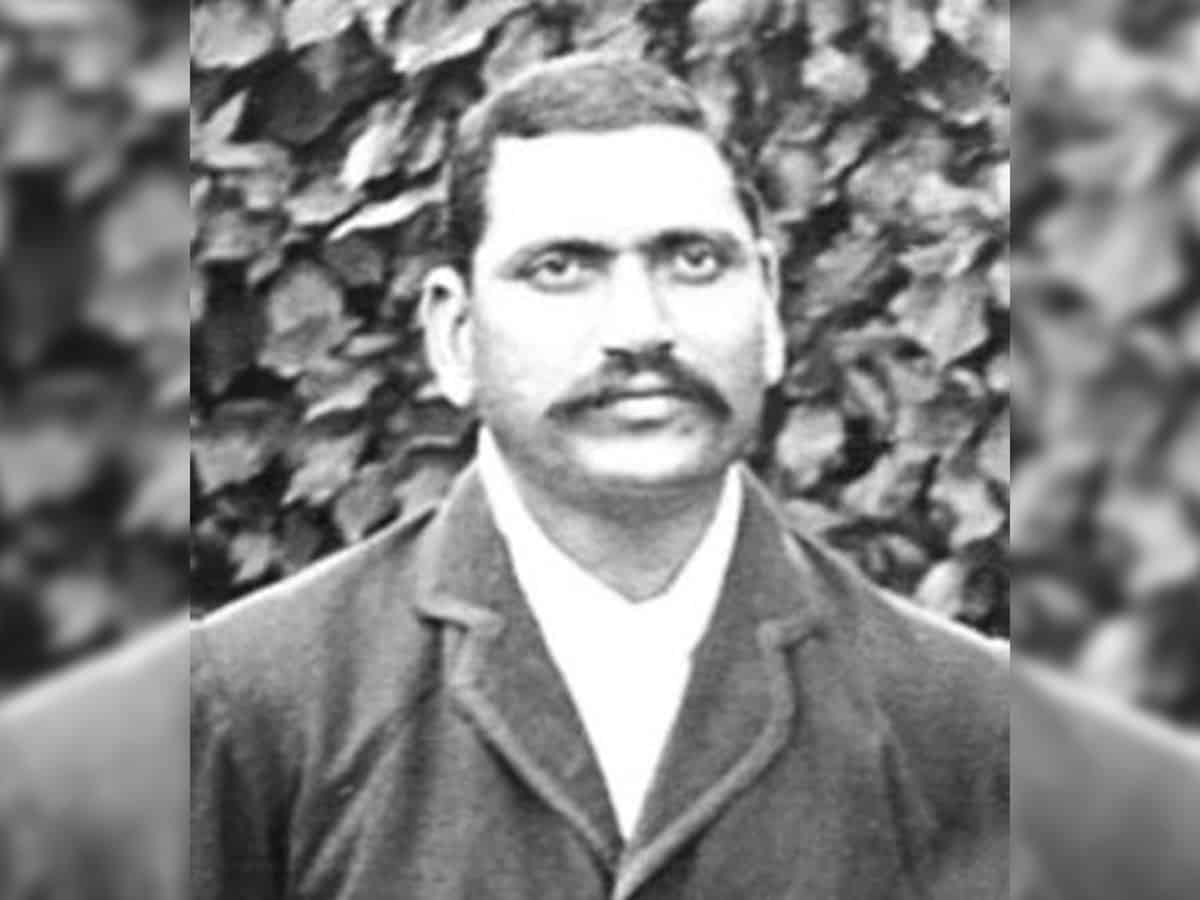This is the fascinating story of an Indian cricketer who was once considered to be among the world’s best left-arm spin bowlers. But now even ardent fans of the game may not have heard of him. A person of no less stature than Pelham Warner, the grand old man of England, had showered high praise upon this Indian bowler. Here is the story of this forgotten hero.
In the late 1800s, there lived in Pune an Englishman named J.G. Greig, an army officer. He had played first-class cricket in India as well as in England. One day when he was practising at the nets, he needed someone to bowl to him. So he asked a young boy who had been hired to look after the ground, to bowl a few balls to him. To his surprise, the boy was able to bowl a good line and length and even turn the ball with his left-arm spin.
He quizzed the boy and came to know that he and his brother used to play cricket sometimes with the equipment that they found lying around on the ground.
Greig told him to come to the nets every day and showed him how to improve his skills. He even offered a prize of half a rupee for every time the boy could get his wicket. So the boy became quite a good bowler.
Soon others got to know about the boy who could bowl so well. His name was Baloo Palwankar who came to be known in Pune’s cricket circles. The Deccan Gymkhana took him in its team. But there were some problems. Baloo belonged to the untouchable chamar caste and other players were of high caste. So he was given his food separately and had to eat his meals separately. When he took a wicket, which was often, his teammates applauded but kept themselves at a distance.
Despite all this, Baloo’s skills improved steadily. His fame spread right across the country all the way to Bengal. There, the Raja of Natore (an area which is now in Bangladesh) was making up a team to beat the Europeans and he called for Baloo to join his team. Baloo was welcomed and treated well. One photograph taken during that period shows him sitting beside the Raja as part of a group of players.
During that period, the main cricket tournament in India was the Bombay Triangular tournament which later became the more famous Quadrangular tournament. The tournaments saw the participation of teams selected on the basis of religion. The practice was discontinued later but at the time it existed.
In 1906 there came a landmark event in Baloo’s career. He was playing for the Hindoos XI against the Europeans XI. In the last innings, the Europeans needed 212 to win. Not a difficult task. But Baloo had other ideas. Bowling like a demon, he made the ball fizz and turn and bounce unexpectedly. He dismissed five Europeans as they crumbled to a meager 112 all out.
It was a famous victory for the Hindoos XI and Baloo was the star of the team. Gradually the caste barriers began to weaken. In 1911 the Maharajah of Patiala selected a 15 man team to tour England. Among the players were two brothers – Baloo and Shivram.

The tour was a disaster for the team from India. But Baloo was outstanding. He took 114 wickets on the tour. Including 87 in the first-class matches. On the damp pitches, he was a terror. The English batsmen were all at sea against his vicious spin. They had no idea which way the ball would go. Some experts in England felt that he was one of the best spinners in the world during that period.
But after he returned to India he was denied captaincy of the Hindoos XI. Sadly the caste factor came into the equation again. However, on a later occasion, his brother Vittal was given the honour of leading the team. Vijay Merchant reportedly said that his boyhood idol was Vittal Palwankar.
The 1920-21 season was Baloo’s last. In all, he played 33 first-class matches and took 179 wickets at an average of 15. 21 runs per wicket. On 17 occasions he took five or more wickets in an innings. It was an incredible feat. His best was eight for 103.
After his cricket career, he tried to enter politics but had little success. He passed away in 1955 at the age of 79.
Abhijit Sen Gupta is a seasoned journalist who writes on Sports and various other subjects.

